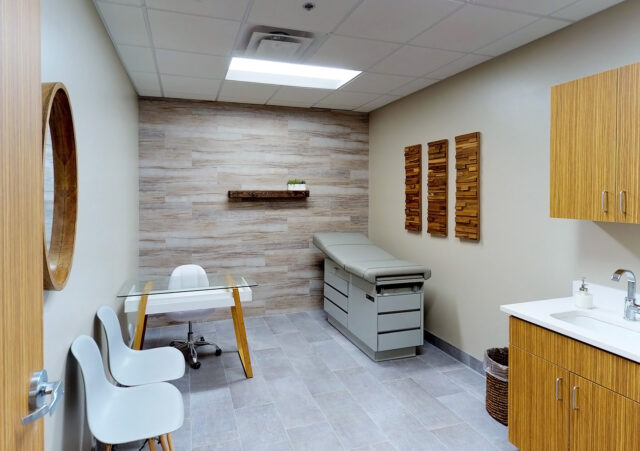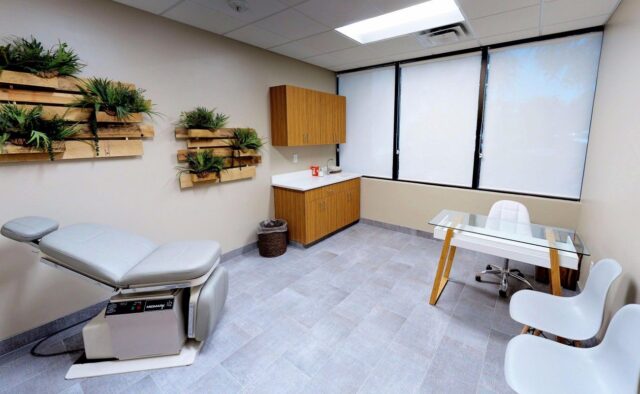
Medical office leases are more than just rental agreements; they are foundational elements that can significantly impact the functionality and success of a medical practice. Understanding the various types of leases, their associated costs, and legal implications is not just beneficial but essential for practitioners looking to establish a patient-centric and efficient medical office. As healthcare delivery evolves, the need for spaces that are both compliant with legal standards and tailored to the unique needs of patients and providers increases.
The purpose of this article is to demystify the complexities surrounding medical office leases and offer a clear, concise pathway to understanding and negotiating favorable terms. Whether you’re a seasoned professional or a practitioner venturing into private practice for the first time, this overview is designed to enhance your knowledge, enabling informed decisions that align with both the clinical and business aspects of your practice.
Securing an appropriate office space is instrumental in ensuring optimal service delivery, patient satisfaction, and the overall growth and sustainability of your medical practice.
Types of Medical Office Leases

Traditional Leases
Traditional leases involve renting a space where the landlord is generally responsible for maintenance, insurance, and property taxes. Professionals searching for a medical office space for rent typically favor this type due to its simplicity and predictability. Rent is typically fixed, allowing for easy budgeting and financial planning for the tenant.
Modified Gross Leases
Under modified gross leases, tenants pay a base rent, and some, but not all, of the additional operating costs. This could include utilities, maintenance, and property taxes, offering a middle ground between tenant and landlord responsibilities. It provides more control over expenses and offers a level of transparency in operational costs.
Triple Net Leases
Triple net leases require the tenant to bear the costs of property taxes, insurance, and maintenance, in addition to the base rent. This lease type can offer lower rent payments but entails a deeper understanding of the associated costs and liabilities. It’s important for tenants to consider the total financial obligation beyond the base rent in such arrangements.
Key Terms and Conditions
Rent Structure
The rent structure is made up of the total rent, including base rent and additional costs, offering insights into how these are calculated and the factors influencing them. It aims to equip practitioners with the knowledge to anticipate and plan for rent-related expenses accurately.
Lease Term
The lease term outlines the duration for which the lease is valid and includes provisions for renewal and termination. It aims to help medical professionals understand their rights, obligations, and options throughout the lease lifecycle.
Maintenance and Repairs
Maintenance and repairs are often contentious issues in office leases. It ensures that practitioners are aware of their maintenance obligations, helping them to avoid unexpected expenses and legal issues.
Cost Implications

Rent Fluctuations
Rent fluctuations are common and can be influenced by various factors including market demand, location, and property value.
Hidden Costs
Tenants should be aware of the potential hidden costs that are not included in the initial rent structure. This includes unexpected costs and fees, such as maintenance charges or utility adjustments, to ensure that medical professionals are fully informed and prepared to handle these additional expenses.
Security Deposit
The security deposit section outlines the conditions under which the deposit can be retained by the landlord, and the process for refund at the end of the lease term. It’s aimed at equipping tenants with the information needed to safeguard their deposit.
Legal Considerations
Zoning and Land Use Laws
Zoning and land use laws dictate the allowed uses of a particular property. This section briefs medical professionals on these legal parameters, ensuring the chosen office space complies with municipal and state regulations.
Licenses and Permits
Operating a medical office requires various licenses and permits. This ensures your practice operates legally and ethically. However, if you ever face any issue regarding your license then must consult Unlock legal for their services.
Liabilities and Insurance
Medical offices must be prepared for potential legal liabilities. This part emphasizes the role of adequate insurance coverage in mitigating risks, detailing the types of insurance required and how they protect both the practitioner and the practice.
Negotiating a Favorable Lease

Preparation and Research
Effective negotiation starts with thorough preparation and research. This section provides tips on gathering information and insights about the market, property, and legal considerations, setting the groundwork for successful negotiations.
Professional Assistance
Securing a favorable lease often requires professional assistance. Selecting and working with legal and real estate experts can help guide you through the process, ensuring your interests are well-represented and protected.
Key Negotiating Points
Knowledge of negotiation points can make a significant difference in the lease terms. Areas to focus on include rent, maintenance, and renewal options, empowering practitioners to secure terms that align with their practice’s needs and goals.
Applying for medical office leases can be made substantially more manageable with a well-informed approach, encompassing an understanding of varied lease types, cost implications, and legal considerations. Armed with insights on effective negotiation tactics and the support of professional assistance, medical practitioners can secure favorable lease terms that align with their operational needs and financial capacities. Ultimately, a well-negotiated lease fosters an environment where healthcare professionals can focus on delivering exceptional patient care, driving the growth and sustainability of their practice.







